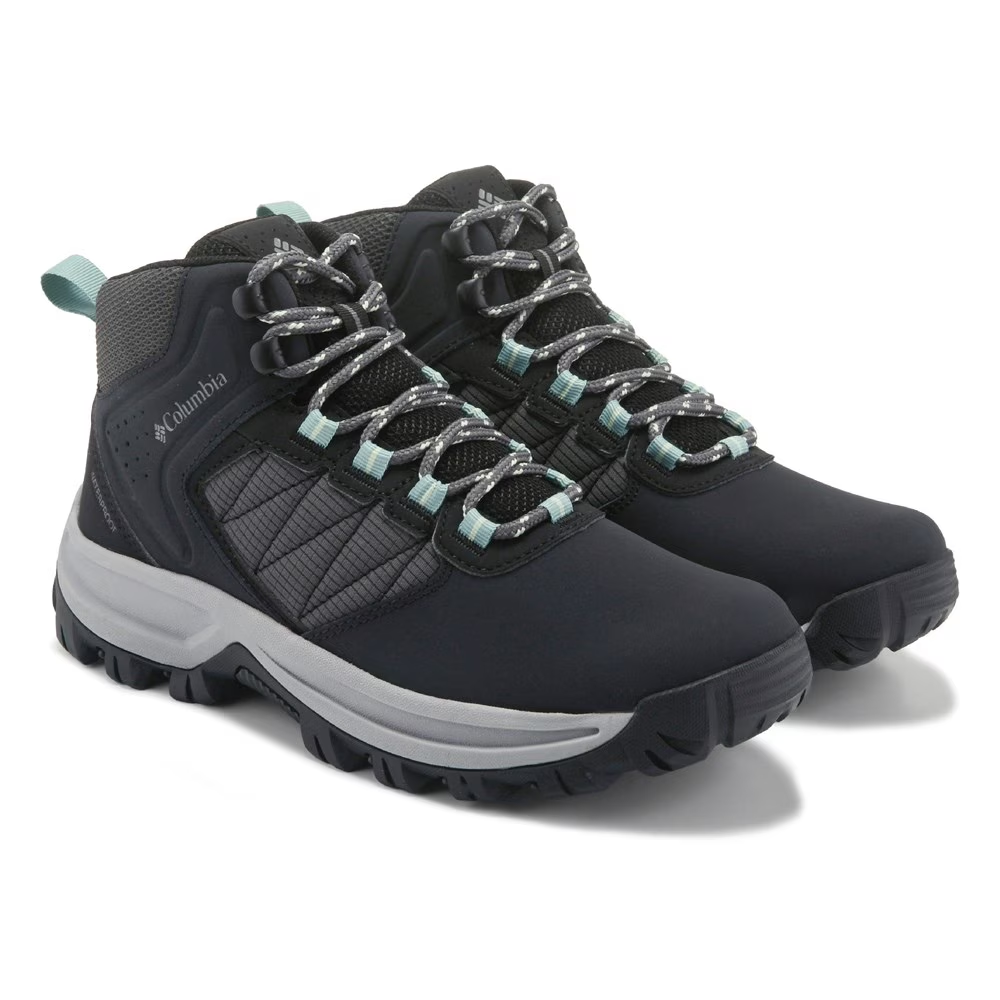When it comes to hiking, the right footwear is essential for comfort, safety, and performance. Women’s hiking boots are designed not just for durability but also to provide the necessary support for navigating various terrains. Whether you are embarking on a short day hike or a challenging multi-day trek, selecting the right pair of hiking boots for women can make a significant difference in your experience. This article reviews top recommendations for women’s hiking boots, discussing their features and benefits, and helping you choose the best boots for your next adventure.
Why Choosing the Right Hiking Boots Matters
Choosing the right hiking boots is crucial for safety and comfort. Proper boots help prevent injuries on rough terrain. They provide support to your ankles during challenging hikes. Quality hiking boots for women improve stability on uneven surfaces. They reduce the pressure on your feet over long distances.
Wearing unsuitable boots can lead to blisters and sore feet. They might also worsen pre-existing foot or joint pain. Poor choices in footwear can make outdoor adventures exhausting and unenjoyable. Durable and well-fitted boots ensure you stay focused on the journey, not your discomfort.
Investing in good hiking boots boosts confidence during hikes. Secure footwear allows you to tackle steep and unpredictable trails. It enables you to trek through mud, streams, or rocky paths with ease. Picking the correct boots supports not just physical health but overall hiking experience. Prioritize comfort, fit, and performance while shopping for hiking boots.
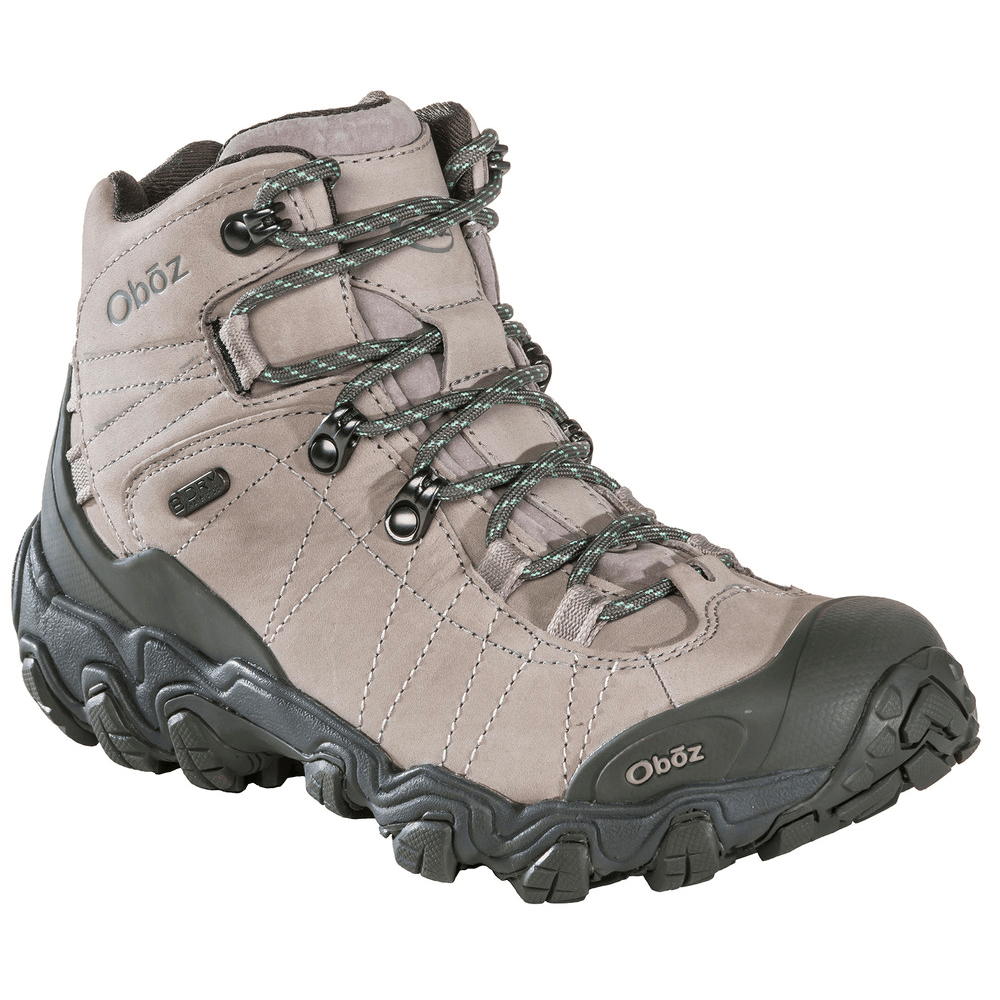
Types of Hiking Boots for Women
Choosing the right type of hiking boots for women depends on your specific hiking needs. Different styles cater to various terrains, weather conditions, and hiking durations. Here are the main types of hiking boots to consider:
1. Lightweight Hiking Shoes
- Ideal for short hikes or casual trails.
- Offer minimal ankle support but are lighter and flexible.
- Great for hikers who prioritize speed and comfort.
2. Mid-Cut Hiking Boots
- Provide better ankle support and stability.
- Suitable for moderate terrains and day hikes.
- A good choice for carrying light backpacks.
3. High-Cut Hiking Boots
- Designed for challenging, uneven, and steep terrains.
- Provide maximum ankle support and protection.
- Suitable for long hikes with heavier loads.
4. Mountaineering Boots
- Built for snowy and rocky terrain.
- Stiffer soles to support crampons for icy trails.
- Made to withstand extreme conditions and heavy loads.
5. Trail Running Shoes
- Lightweight alternative for those who hike on smooth trails.
- Prioritize speed over support and durability.
- Ideal for hikers who enjoy fast-paced adventures.
6. Backpacking Boots
- Offer excellent support for multi-day trips with heavy backpacks.
- Durable and designed for rough terrains.
- Provide enhanced traction and cushioning.
When selecting hiking boots, match the boot type to the trail and your activity level. Understanding these types ensures your hiking experience is comfortable, safe, and enjoyable.

Key Features to Look for in Hiking Boots
Choosing hiking boots for women requires an understanding of essential features. These features ensure safety, comfort, and durability during hikes. Prioritizing the right aspects enhances your outdoor experience and reduces risks.
1. Ankle Support
- Strong ankle support helps prevent sprains on uneven trails.
- High-cut boots offer maximum protection for steep terrain.
2. Traction
- Look for soles with deep lugs for better grip.
- Vibram soles are effective for slippery and rocky paths.
3. Weight
- Lightweight boots reduce foot fatigue, especially in casual hikes.
- Heavier models provide stability for challenging terrain.
4. Cushioning and Comfort
- Proper insoles reduce pressure on your feet during long treks.
- Padding around the ankle and tongue prevents blisters.
5. Breathability
- Breathable materials keep your feet dry and cool.
- Mesh panels enhance airflow during summer hikes.
6. Waterproofing
- Waterproof membranes like Gore-Tex keep feet dry in wet conditions.
- Ensure seams are sealed for extra moisture protection.
7. Durability
- Look for sturdy materials like leather or synthetic fabrics.
- Durable boots withstand wear and tear on rugged terrain.
8. Fit
- A snug fit without tightness prevents foot discomfort.
- Ensure enough toe room for natural movement.
These features should align with your hiking style and conditions. Investing in boots with the right attributes ensures a safe and enjoyable adventure.
How to Determine the Right Fit
Choosing the right fit for hiking boots for women is essential for comfort and safety. Ill-fitted boots can lead to blisters, discomfort, and even injuries. Follow these steps to ensure a perfect fit:
1. Measure Your Feet Correctly
- Measure your feet at the end of the day when they are slightly swollen.
- Use a foot measurement tool or visit a store for precise sizing.
- Measure both feet, as one may be slightly larger. Choose the size that fits the larger foot.
2. Wear Appropriate Socks
- Always try hiking boots with the same socks you plan to wear for hiking.
- Thicker hiking socks may affect the fit, so bring them along when shopping.
3. Check Toe Room
- Ensure there is enough space to wiggle your toes comfortably.
- Your toes should not press against the boot’s front, even when walking downhill.
4. Test Heel Fit
- A snug heel fit prevents your foot from slipping inside the boot.
- Excess movement in the heel area can cause blisters during long hikes.
5. Walk and Test in Store
- Walk around the store to check how the boots feel on different surfaces.
- Test them on slopes or stairs if available to mimic trail conditions.
6. Pay Attention to Width
- The boots should feel snug but not tight along the sides of your feet.
- Look for wider-width options if you have broader feet.
7. Break Them In
- Wear the boots at home or for short walks before hitting long trails.
- This helps the boots mold to your feet and prevents discomfort.
Taking the time to find the right fit ensures longer hikes feel comfortable and pain-free. Remember, a good fit boosts confidence and enhances your overall hiking experience.
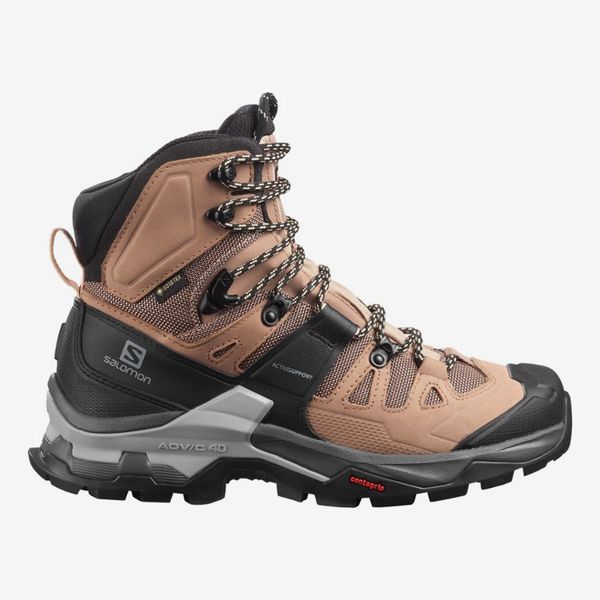
Material Options: Finding the Balance Between Durability and Comfort
Choosing the right material for hiking boots is essential for durability and comfort. The material directly impacts performance, weight, and breathability during hikes. Here are the common options to consider:
1. Leather
- Leather is known for its durability and long lifespan.
- Full-grain leather provides excellent protection and is ideal for rugged terrain.
- Nubuck leather offers flexibility with a suede-like texture, suitable for moderate trails.
- Leather boots require longer break-in periods but ensure great resistance against wear and tear.
2. Synthetic Materials
- Synthetics like nylon and polyester are lightweight and flexible.
- They dry faster than leather, making them useful for wet conditions.
- Synthetic boots are often less expensive but may lack longevity.
- Ideal for short, casual hikes without heavy loads.
3. Mesh Panels
- Mesh panels increase breathability and help feet stay cool in summer.
- Often combined with other materials for better ventilation.
- Best for hikers prioritizing comfort over durability.
4. Waterproof Membranes
- Gore-Tex and similar waterproof membranes enhance moisture protection.
- Waterproof boots are suitable for hiking in rainy or wet regions.
- They may reduce breathability, so ensure proper ventilation options.
5. Hybrid Materials
- Many boots feature a mix of leather and synthetic for balanced performance.
- Hybrid designs combine durability and lightweight flexibility.
- These boots are versatile for varying terrains and conditions.
Consider the weather, terrain, and hike duration before selecting the material. Pairing durability with comfort ensures a more enjoyable hiking experience.
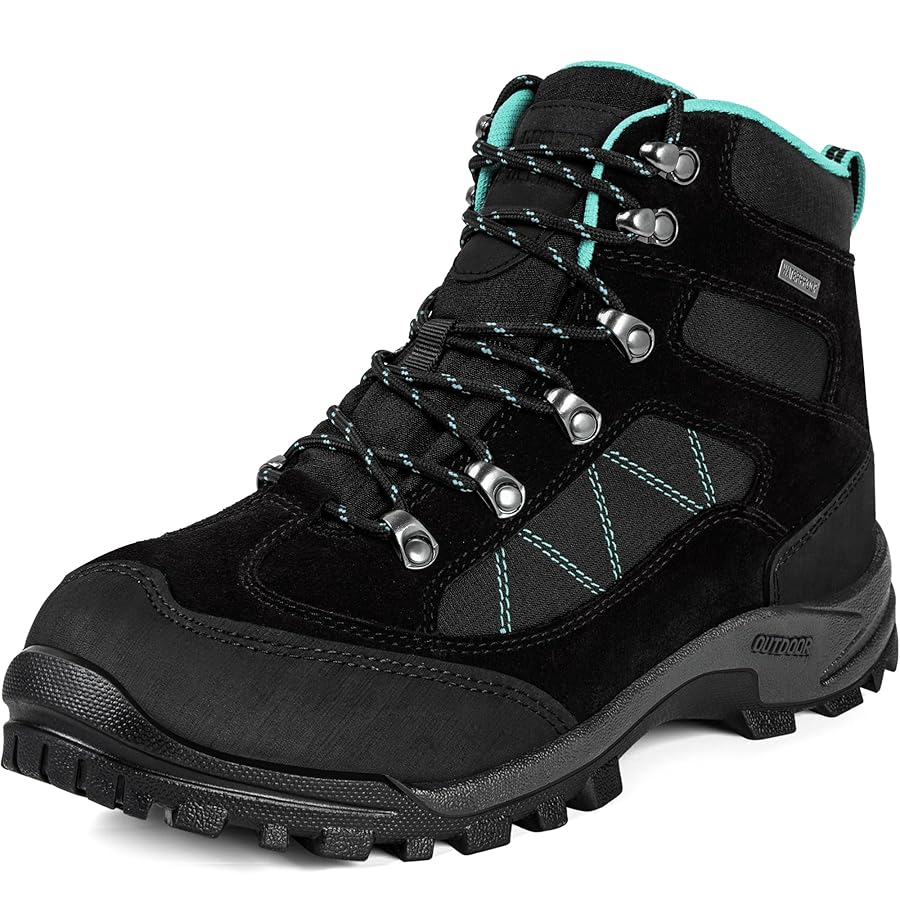
The Importance of Proper Insulation and Waterproofing
Proper insulation and waterproofing are essential for comfortable and safe hiking experiences. These features protect your feet from harsh weather conditions and ensure high performance during hikes.
Insulation: Keeping Feet Warm and Comfortable
- Insulated hiking boots retain heat in cold or snowy conditions.
- Thinsulate or PrimaLoft materials are common for maintaining warmth.
- Choose insulation depending on the temperature and climate of your hiking destination.
- Proper insulation prevents frostbite or discomfort during winter treks.
Waterproofing: Guarding Against Moisture
- Waterproof boots keep your feet dry during rain or wet trails.
- Materials like Gore-Tex block water while maintaining breathability.
- Ensure that seams are sealed to avoid water seepage.
- Waterproofing helps prevent blisters and cold feet after exposure to water.
Balancing Breathability and Protection
- Over-insulated or non-breathable boots may cause foot overheating.
- Look for designs with ventilation or breathable membranes for summer hikes.
- Opt for hybrid boots that balance waterproofing, breathability, and insulation.
Importance in Different Seasons and Terrains
- In winter, prioritize insulation and high waterproofing levels.
- For rainy seasons, focus on durable waterproof membranes.
- Adequate insulation and waterproofing increase comfort in extreme conditions.
Investing in boots with proper insulation and waterproofing ensures safety and enhances hiking enjoyment. Tailor the choice to the environment and weather to optimize the experience.
Top Brands for Women?s Hiking Boots
Finding the right hiking boot often starts with choosing a reputable brand. Trusted brands offer quality, durability, and specialized designs for women’s hiking needs. Here are some top names to consider:
1. Merrell
- Merrell is known for versatile and comfortable hiking boots.
- Their designs cater to casual hikers and challenging trail explorers.
- Merrell boots often feature excellent traction and lightweight material.
2. Salomon
- Salomon specializes in boots for adventurous terrains.
- They focus on performance, stability, and weatherproof features.
- Salomon offers durable hiking boots perfect for rugged trails.
3. Columbia
- Columbia provides affordable hiking boots with reliable waterproofing.
- Their boots excel at balancing durability and breathability.
- Ideal for hikers seeking value without sacrificing quality.
4. Lowa
- Lowa is renowned for its craftsmanship and premium materials.
- Their boots are great for long hikes with heavy backpacks.
- Lowa boots prioritize comfort while handling rough terrains.
5. KEEN
- KEEN offers wide-toe hiking boots for added comfort.
- Their designs include high water resistance and easy break-in periods.
- Perfect for hikers with wider feet.
6. The North Face
- The North Face creates hiking boots with innovative features.
- Their products often include lightweight insulation and durable soles.
- Suitable for tackling cold weather and snowy trails.
7. Vasque
- Vasque focuses on durable materials for high-mileage trails.
- Their boots provide impressive support for long backpacking trips.
- Vasque is recommended for hikers needing extra foot protection.
8. HOKA ONE ONE
- HOKA ONE ONE stands out for ultra-comfortable designs.
- They craft lightweight boots with thick cushioning.
- Best for hikers looking to minimize foot fatigue.
Explore these brands to find hiking boots suited to your needs. Opt for trusted names to ensure quality and reliable performance.
Tips for Maintaining and Extending the Life of Your Hiking Boots
Proper care can extend the life of your hiking boots. Use these practical tips to keep them durable and comfortable for years:
1. Clean Your Boots Regularly
- Remove dirt and mud after every hike with a soft brush or cloth.
- Use water and mild soap to clean the surface and soles.
- Avoid harsh chemicals that can damage materials.
2. Dry Them Properly
- Let your boots air dry naturally after cleaning.
- Avoid drying near direct heat sources like fires or radiators.
- Stuff newspaper inside to absorb moisture and retain shape.
3. Condition Leather Boots
- Use leather conditioners periodically to maintain flexibility.
- Prevent cracks and discoloration by avoiding excessive exposure to water.
- Test conditioners on small areas before full application.
4. Reapply Waterproofing Treatments
- Refresh waterproofing with sprays or wax as needed, especially after long hikes.
- Focus on seams and high-use areas to enhance protection.
5. Check and Replace Insoles
- Inspect insoles for wear and tear regularly.
- Replace insoles to maintain cushioning and support during long hikes.
6. Store Them Correctly
- Store boots in a cool, dry place away from direct sunlight.
- Avoid compressing boots in tight spaces to prevent deformation.
7. Inspect for Damage
- Check for signs of wear, such as loose stitching or damaged soles.
- Repair minor damages promptly to prolong durability.
- Replace boots if they lose support or comfort.
Proper maintenance keeps your hiking boots reliable and comfortable. Protect your investment with regular care and attention.
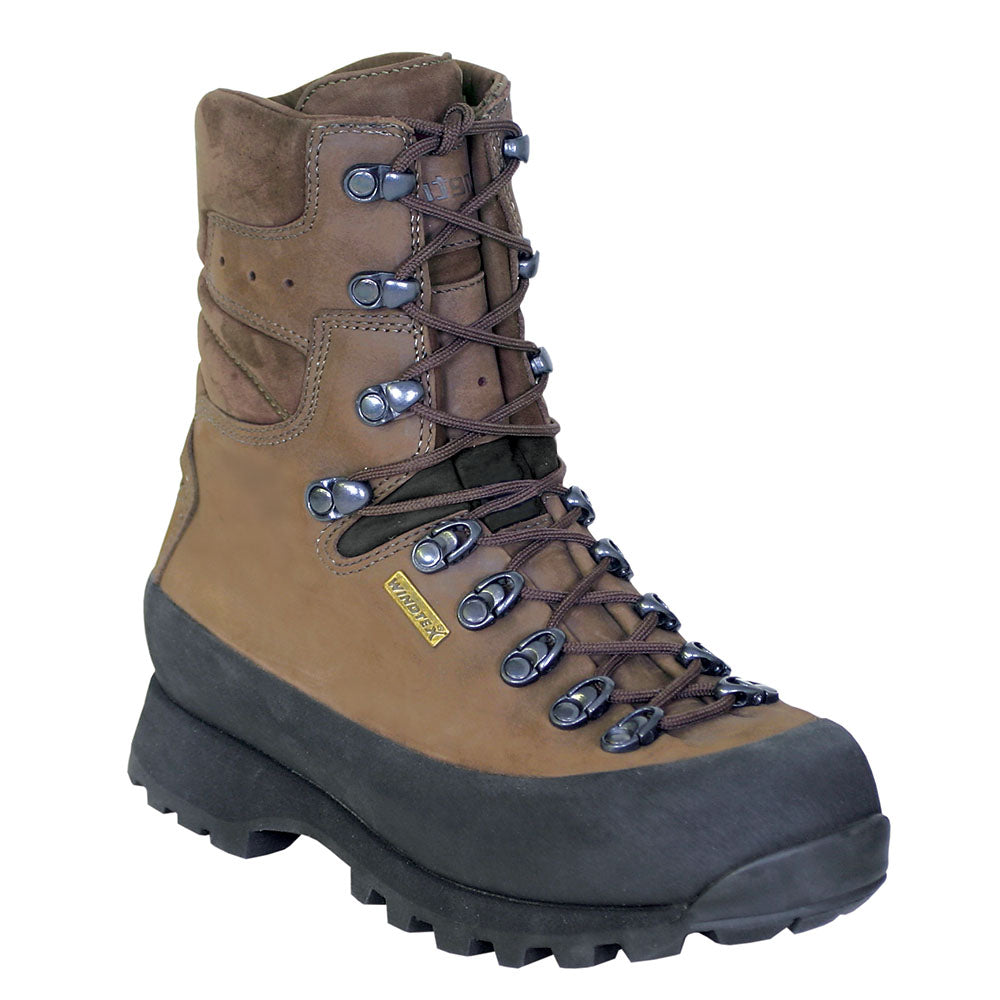
Steps to Prepare for Your Next Hike
In conclusion, selecting the right hiking boots for women is crucial for ensuring comfort, safety, and performance on the trails. Understanding the differences between popular boot models, their features, and your personal preferences will guide you toward the perfect pair.
Prioritize fit, comfort, and traction when making your selection, and don’t forget to consider additional accessories that can enhance your hiking experience. From high-quality socks to supportive insoles and protective gaiters, these additions can make a substantial difference during your outdoor adventures.
As you prepare to hit the trails, remember that the right equipment can significantly enhance your enjoyment and success. Taking the time to invest in quality hiking boots and conducting thorough research will ultimately pay off in your comfort and performance. Embrace the beauty of nature and the thrill of exploration, anchored by the knowledge that you are well-equipped for your adventure. Happy hiking!
